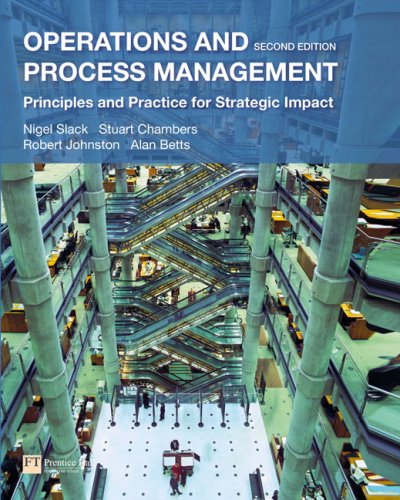1. What are the benefits of being able to compare the amount of defects in a human...
Question:
1. What are the benefits of being able to compare the amount of defects in a human resources process with those of collection or billing? ‘I think Six Sigma is powerful because of its definition; it is the process of comparing process outputs against customer requirements. Processes, operating at less than 3.4 defects per million opportunities means that you must strive to get closer to perfection, and it is the customer that defines the goal. Measuring defects per opportunity means that you can actually compare the process of, say, a human resources process with a billing and collection process’, says Paul Ruggier, head of Process at Xchanging, who is a powerful advocate of Six Sigma, and credits the success of the company, at least partly, to this approach.
Xchanging, created in 1998, is one of a new breed of companies, operating as an outsourcing business for back-office functions for a range of companies, such as Lloyds of London, the insurance centre. Xchanging’s business proposition is for the client company to transfer the running of the whole, or part of their back-office functions to Xchanging, either for a fixed price or a price determined by cost savings achieved. The challenge Xchanging face is to run that back office in a more effective and efficient manner than the client company had managed in the past. So, the more effective Xchanging is at running the processes, the greater its profit. To achieve these efficiencies, Xchanging offers a larger scale, a higher level of process expertise, focus and investment in technology. However, above all, they offer, a Six Sigma approach.
Step by Step Answer:

Operations And Process Management Principles And Practice For Strategic Impact
ISBN: 9780273718512
2nd Edition
Authors: Nigel Slack , Stuart Chambers , Robert Johnston , Alan Betts






